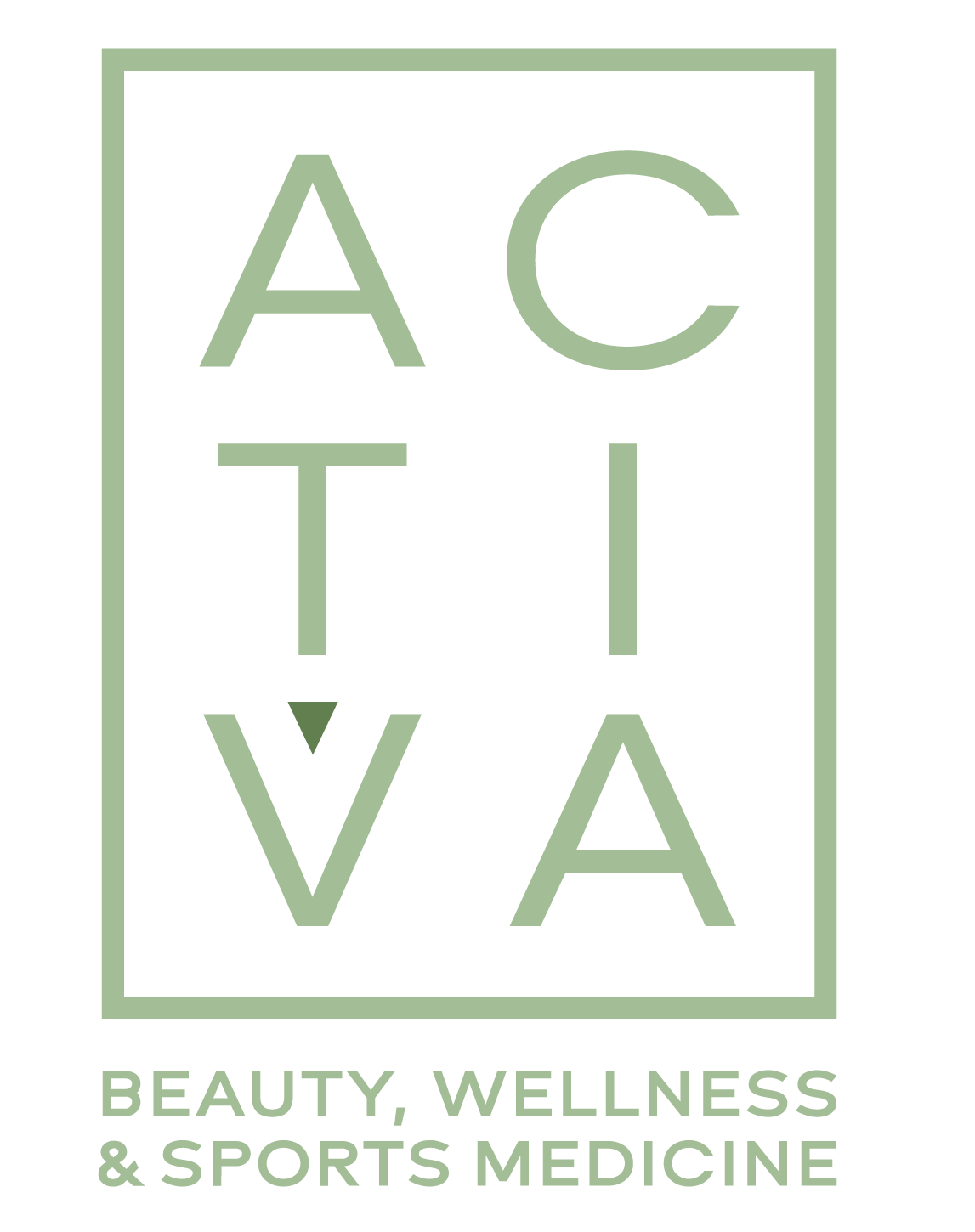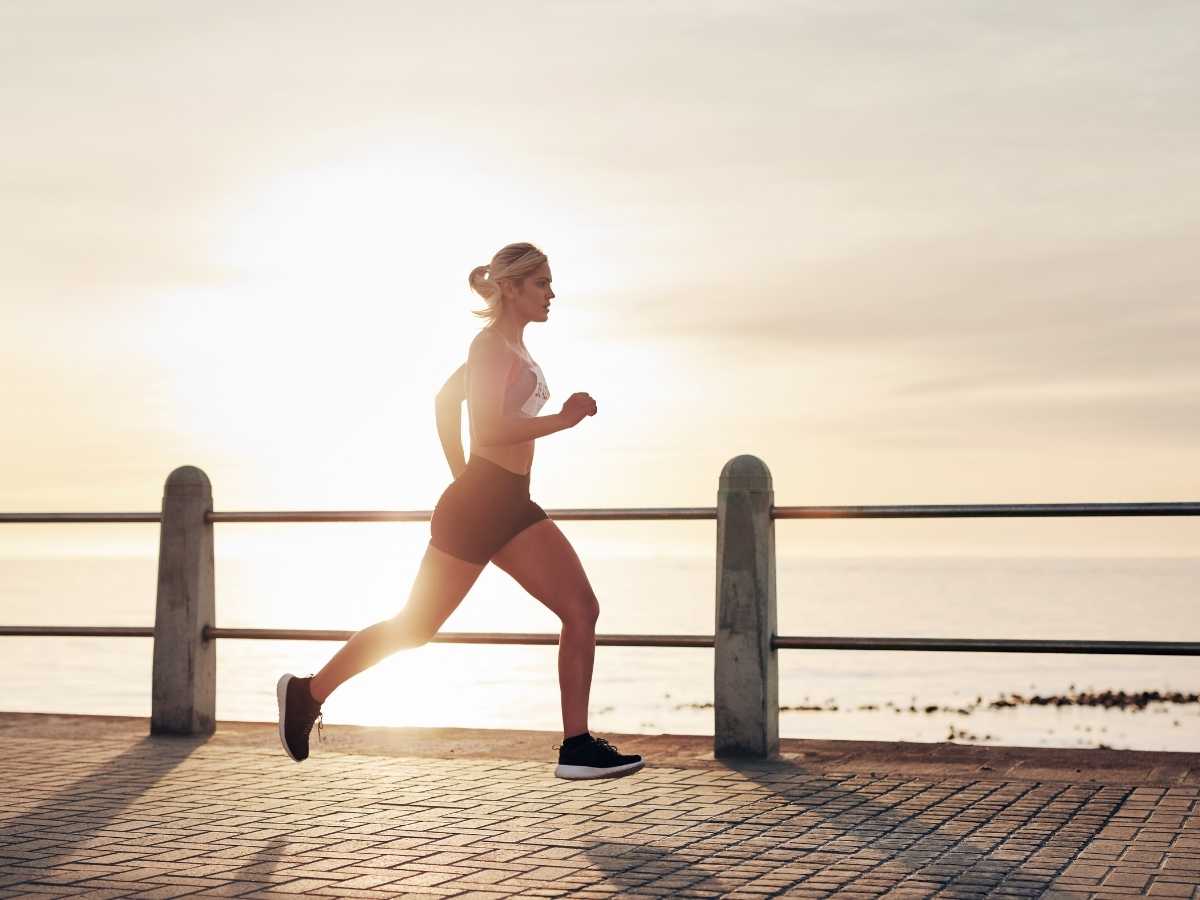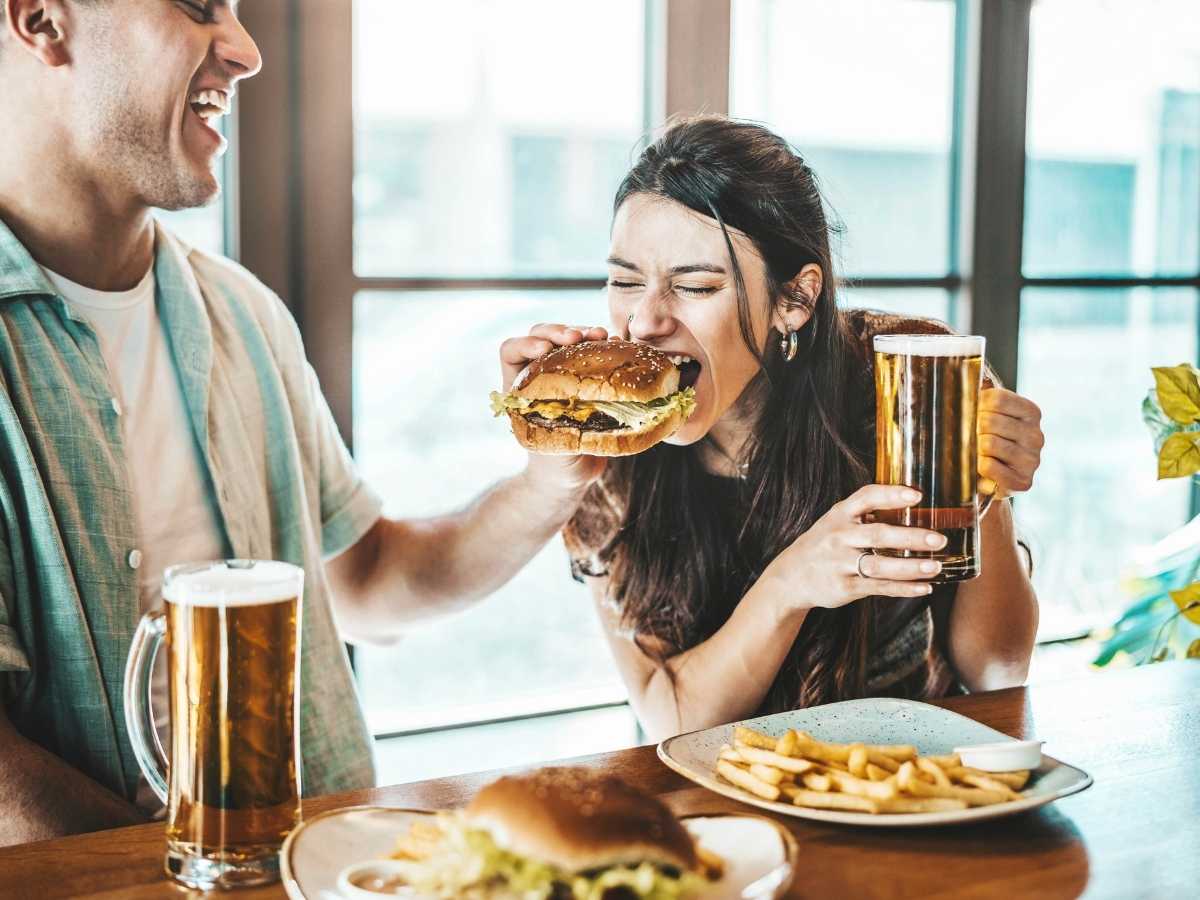These recommendations should be started at least 15 days before the competition.
Reduce refined sugar as much as possible. You can use alternatives such as stevia- or sucralose-based sweeteners.
Only use WHOLE GRAIN flours, with little starch and never combine them during each meal.
Proteins to be consumed should preferably be of animal origin and white meat such as fish, turkey or chicken.
Plant-based proteins such as grains can be used, but they should never replace animal-based proteins. They can be a good complement and occasional alternative if used in combination with raw vegetables tossed in vegetable oil.
Fruits are a good ally during this pre-competition period. They should be chosen based on their LOW GLYCEMIC INDEX, such as green apples, pears, strawberries, blueberries, blackberries, melon, etc. A minimum of five fruits should be consumed during the day.
There should be no more than four hours between meals and snacks. Between-meal breaks in the morning and afternoon are mandatory. You could choose a fruit from the ones listed in the previous point here.
Proper hydration is essential, especially in hot and humid cities. You should make it a habit to drink about a glass of water every hour, working your way up to about ten glasses throughout the day.
Sleep at least eight hours a night.
WHAT SHOULD I DO ON THE DAY OF THE COMPETITION?
On the day of the competition you should be as hydrated as possible and as light as possible.
Meal times are maintained depending on the time scheduled for preheating.
If the competition is in the afternoon, you should start the day with a good, balanced breakfast that always includes a whole-grain flour, one or two proteins such as eggs, turkey breast, or low-fat cheese, a low-glycemic fruit, and a sugar-free beverage.
Mid-morning should always include a fruit (no combinations).
Lunch should be light: moderate in quantity and very balanced.
You can use a whole-grain flour or cereal such as rice or pasta (always whole-grain), a white meat protein, preferably fish or turkey, raw or steamed vegetables that don't include high-glycemic index vegetables such as carrots, beets, squash, or cucumber, and a suitable fruit.
Before starting the warm-up, you should eat a piece of fruit such as a cherry, strawberry, or green apple, which helps provide us with initial fuel for the race.
NEVER CONSUME SUGAR OR SWEET PREPARATIONS BEFORE STARTING OR DURING THE RACE.
We should hydrate well from the morning. A glass of water per hour is a good guideline up to a couple of hours before starting.
An hour before starting the tour, we should hydrate by “gulping,” that is, by taking only continuous sips to avoid “fullness.”
During short races like the 10K, it is not advisable to eat food, although a low-glycemic fruit could occasionally be consumed.
Hydration is very important. You shouldn't run if you're not guaranteed hydration. There will be hydration stations every three kilometers: identify them before starting so you know how to use them. This hydration should preferably be done in small sips, although our body will demand the amount we need.
At the end of the tour, we should be sure to hydrate, and it's recommended that we seek out the "recovery center" designated by the organizers. A good stretch is essential for recovery.
Your post-race diet should be light and balanced, following the recommendations for pre-race lunch. You can eat after your vital signs have fully normalized (approximately one hour after the race).
Rest is the best ally for recovery. Stretching, getting enough sleep, and taking antioxidant supplements can help us return to our daily activities without worry.






2 Responses
Thanks for the information, as I wasn't sure what to eat before the competition, much less what to do afterward.
De suma importancia el combustible a utilizar durante tu actividad y la correcta manera de recuperar tu equilibrio.
Gracias por seguir nuestra información y te invitamos a seguirnos en nuestras redes sociales como @activabiomedica